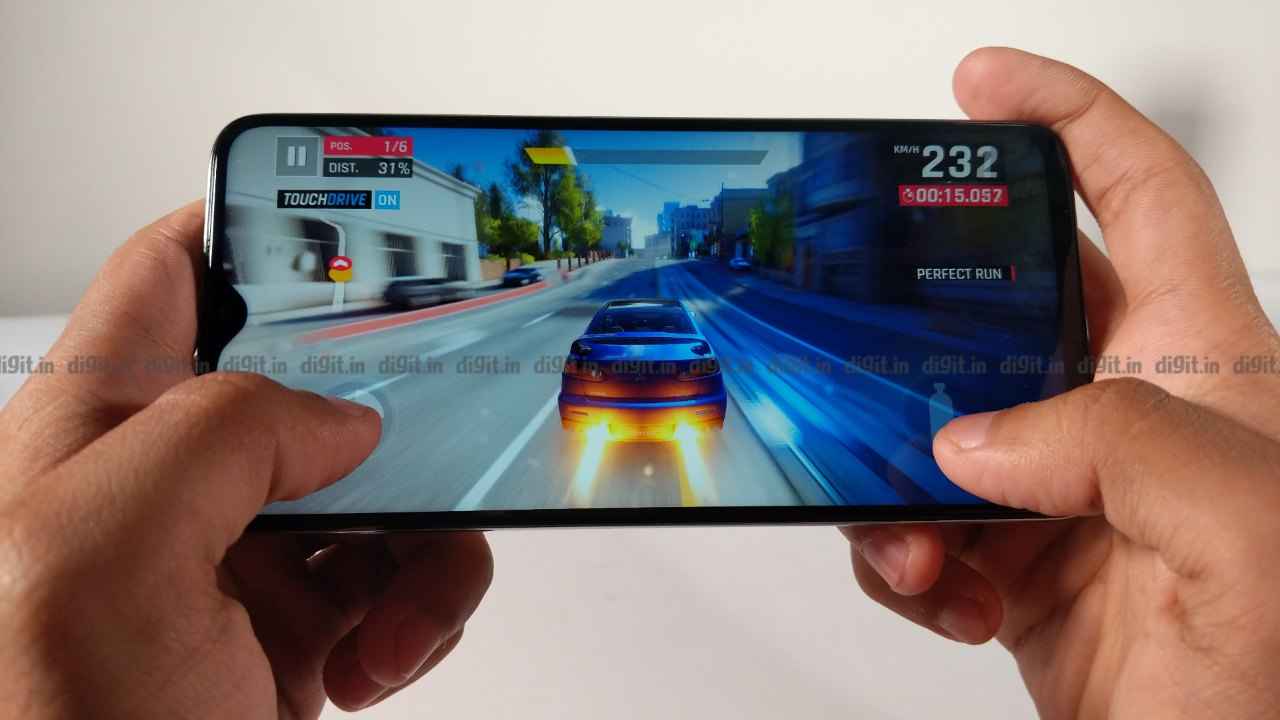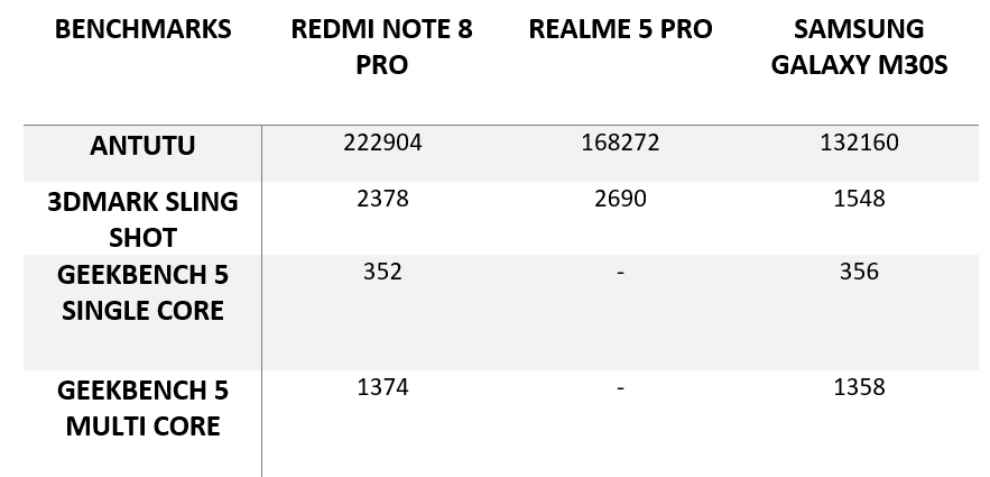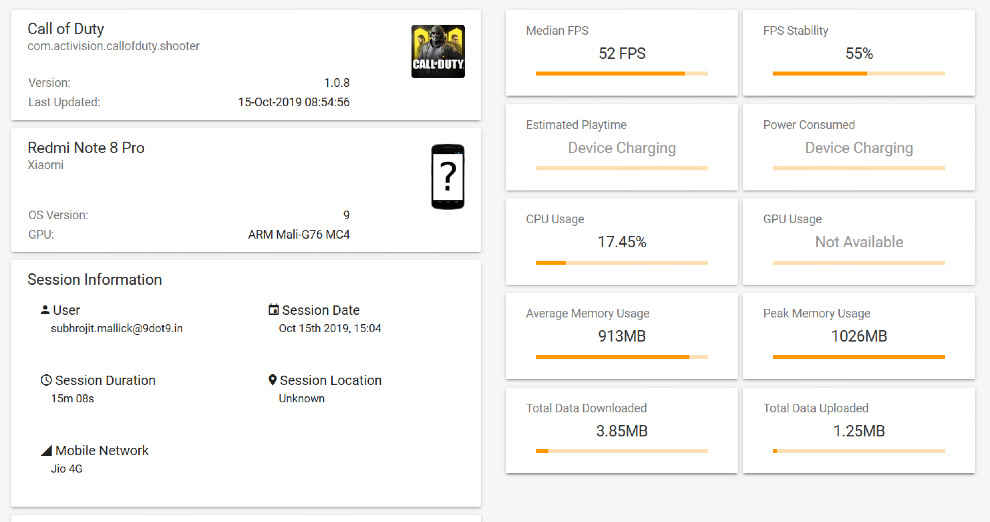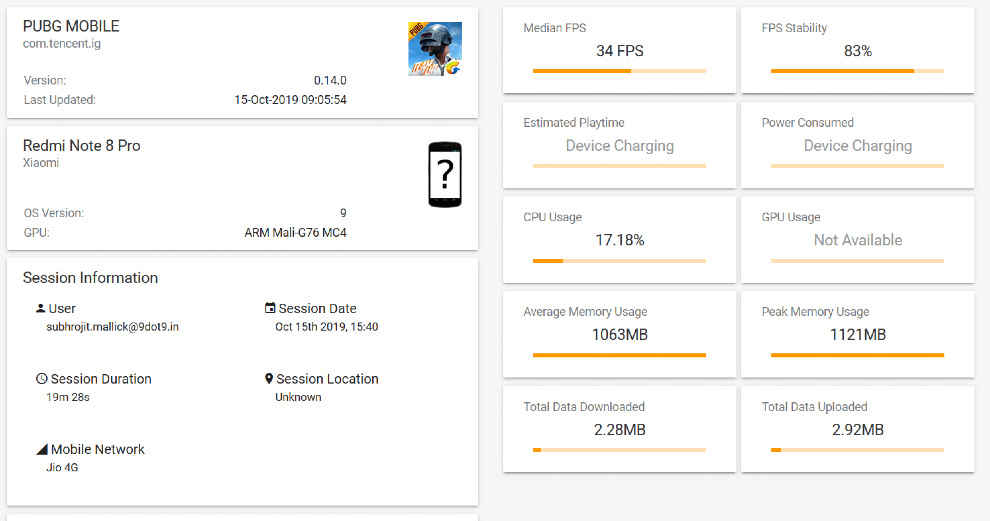Xiaomi Redmi Note 8 Pro gaming and performance review: Was it wise to go with MediaTek?
The Xiaomi Redmi Note 8 Pro is powered by the MediaTek Helio G90T, a first for the Note series. We ran the benchmarks and played a few games to see if there was a big boost in performance.

The Xiaomi Redmi Note series launch used to be an annual affair in India with Xiaomi announcing at least two Note series phones at the beginning of the year. Since last year, Xiaomi switched to two Note series launches in a year with the Redmi Note 6 Pro arriving late last year. Yet, last year’s Note 6 Pro’s was just a minor upgrade over the Note 5 Pro. But the Redmi Note 8 Pro that launched in India on Wednesday is a big leap over the already-powerful and popular Note 7 Pro. While it’s becoming difficult to keep up with Xiaomi’s launches, the Note 8 Pro has the potential to be in people’s mind for longer for some of the features it sports. That includes a flagship processor, not from Qualcomm, but from MediaTek and a 64MP quad-camera setup at the back.
 Survey
SurveyIt’s the first time that a Redmi Note phone is powered by a MediaTek processor, and social media is already playing into the perception game in which Qualcomm chipsets are deemed better in performance than their MediaTek counterparts. That could be the case a few years back, but with the MediaTek Helio G90T, there are a lot of factors that could work in favour of boosting performance. For instance, the Helio G90T relies on two ARM Cortex-A76 cores for high-performance. The same cores are also present on the flagship Kirin 980 while a customised version of the same is used in the Snapdragon 855 and the Snapdragon 855+. Along with that, the Helio G90T boasts of a Mali G76 MC4 GPU that shares DNA with the GPU that powers the Galaxy Note10+. To drive home the fact that this is in fact a Pro device, Xiaomi is offering only 6GB and 8GB RAM variants of the Note 8 Pro along with 64GB storage and 128GB storage, both with dedicated expandable storage slots. The camera on the back of the phone is also cutting-edge. A 64MP Samsung GW-1 sensor is the primary camera which is combined with another 8MP ultra-wide camera, a 2MP macro lens and another 2MP depth sensor. On the front is another 20MP shooter for selfies.
While the camera is certainly something that needs a closer look, we started our test process putting the MediaTek Helio G90T under duress. Benchmarks, gaming and regular usage gave us a good idea as to where the flagship chipset stacks up against the competition, and truth be told, we were in for a pleasant surprise.
Redmi Note 8 Pro benchmark analysis
The Xiaomi Redmi Note 8 Pro’s benchmark scores prove the device is way ahead of the competition in the mid-range segment. Using a flagship chipset by MediaTek, Xiaomi could get the high-end performance without asking too much of a premium. On AnTuTu, the Note 8 Pro scored a 222904. Only the Redmi K20 with the Snapdragon 730G came close to beating it. This is Xiaomi doing what it does best — Raising the bar in the mid-range segment. On Geekbench 5, the scores are low with the Note 8 Pro getting 352 on single-core and 1374 on multi-core test. But that’s because this Geekbench 5 where there has been a change in the way the app measures performance and the scores are much lower as compared to the previous version.
Moving on to graphics, the Redmi Note 8 Pro scored 2378 on 3DMark Slingshot. Only the Realme X managed to beat it. On GFX Bench, the Note 8 Pro scored decently well, trumping the rest of the competition in two out of the three tests in the app. Clearly, the MediaTek Helio G90T gives the Note 8 Pro a serious advantage over the others.
Gaming on the Redmi Note 8 Pro
The MediaTek Helio G90T has surely proven itself worthy of being called a good performer, at least as far as benchmarks are concerned. But how does it handle gaming? Note that the chipset was developed specifically for gaming. We played a round each of Call of Duty: Mobile and PUBG Mobile and measured the performance using Gamebench.
Call of Duty: Mobile
Gamebench results for CoD: Mobile on Redmi Note 8 Pro
The newly launched mobile version of the popular first-person shooter is taking the world of mobile gaming by storm. The Redmi Note 8 Pro proved to be pretty good at handling the game. We played with the level of graphics and frame rates maxed out with the option of anti-aliasing, depth of field, ragdoll physics and more turned on. And surprisingly enough, we clocked 52 FPS with 55 percent stability in the game. To be honest, most phones fail to touch the 60 FPS mark with all settings at max, but the Note 8 Pro surprisingly came close. Being a mid-ranger, gaming performance like this has been pretty unmatched.
PUBG Mobile
Gamebench results for PUBG Mobile on Redmi Note 8 Pro
Moving on to everyone’s favourite Battle Royale game, PUBG Mobile also ran better than most mid-rangers. For one, it lets you play with graphics set at high. Furthermore, you can turn on HDR (the 6.53-inch IPS display is HDR-rated) and set the frame-rate to ultra. Having done that, we clocked 34 FPS with an impressive 84 percent stability. The number is impressive because most mid-rangers fail to even touch 30 FPS and here we had a phone under Rs 20,000 that can play at the highest graphics settings and yet breach the 30 FPS mark and go beyond.
Heating issues
The gaming performance of the Redmi Note 8 Pro is certainly impressive. It can push frame rates higher, but that also makes the phone heat up a lot. We registered 40.3 degree Celsius after just 15 minutes of playing which is far too high for that short a time. Later, we clocked 41.2 degrees while PUBG Mobile for the same time. The phone generally tends to get warm when used for a long time. Thermal performance is something MediaTek has traditionally struggled with, and even after all these years, the issues persist. The same cannot be said about Qualcomm’s Snapdragon SoCs. Ever since the Snapdragon 810 which had disastrous heating issues, the company figured out how to keep the thermals in check. Not so much with MediaTek.
Core state analysis
All CPU cores fired up during COD Mobile
All CPU cores fired up during PUBG Mobile
While gaming, we also noticed another inconsistency, when compared against Qualcomm’s chipsets. The MediaTek Helio G90T keeps all the eight cores fired up at all times during gaming. The frequencies do vary based on the need, but the fact that the cores are up and running all the time increases power intake. Sure enough, CoD Mobile consumed 80.54mAh in just 15 minutes which is around 2 percent of the 4500mAh battery. You can extrapolate the data for a hour-long session and see the battery draining much faster than before. Even on PUBG Mobile, the power consumed for a 19-minute session was 162.35mAh, which is slightly less than 4 percent. To compare, the Redmi Note 7 Pro during a 19 minute session required 150.63mAh power, much lesser than the Note 8 Pro. No wonder Xiaomi packed a larger 4500mAh battery from the 4,000mAh in the previous Note series phones.
Conclusion
The Xiaomi Redmi Note 8 Pro is indeed a better performer than its present competition, as revealed by benchmarks and gaming. But it's not without flaws that could become a burden in the long term. The MediaTek Helio G90T SoC is fast but suffers from poor thermal management. It also draws more power by keeping all the cores fired up at all times during game. This, however, lets the phone push the frame rates and improve stability in high-end games. Now performance is just half the story when it comes to the Redmi Note Pro devices. The camera is another half and that we are presently testing out. Stay tuned for a detailed camera comparison.




